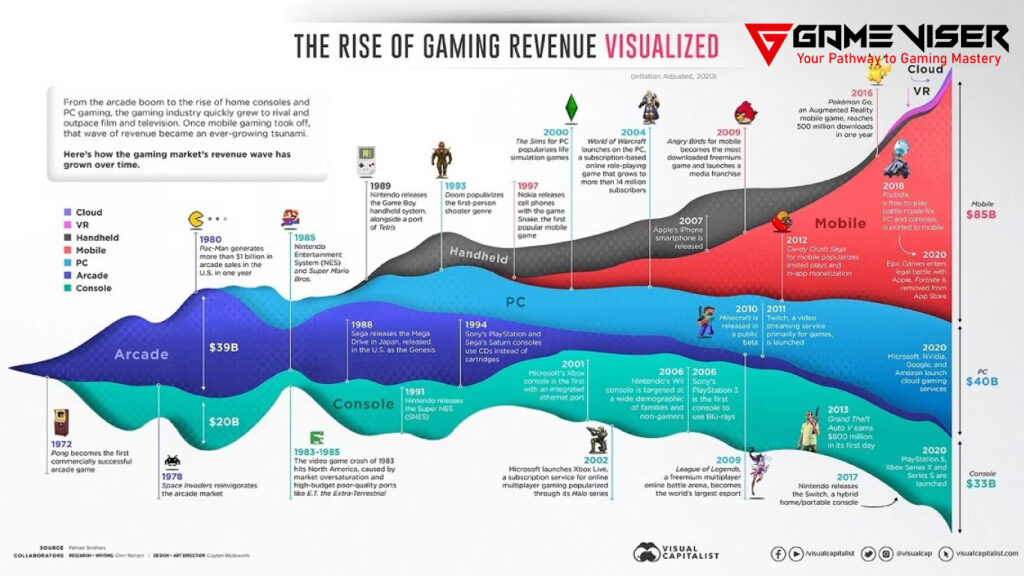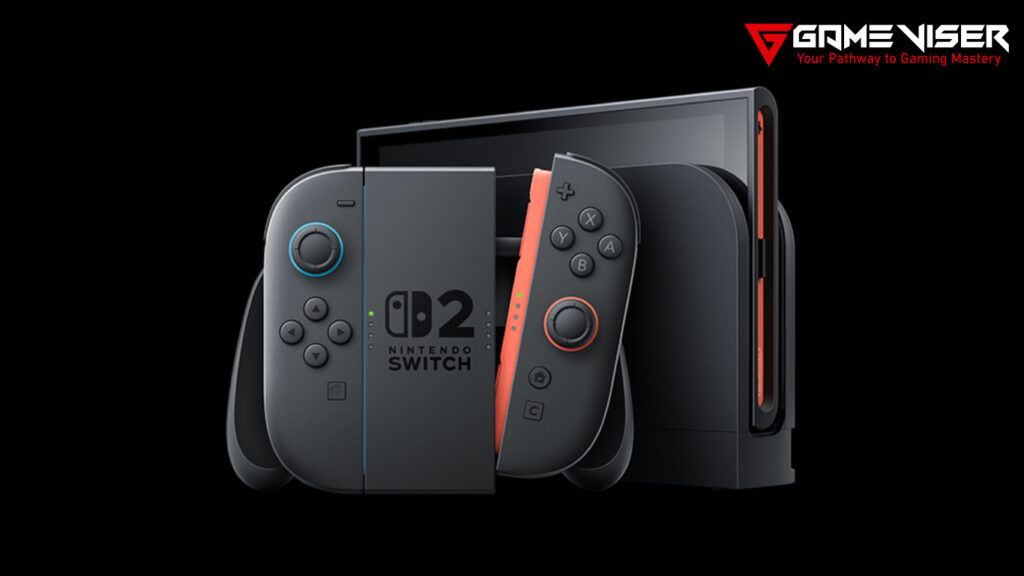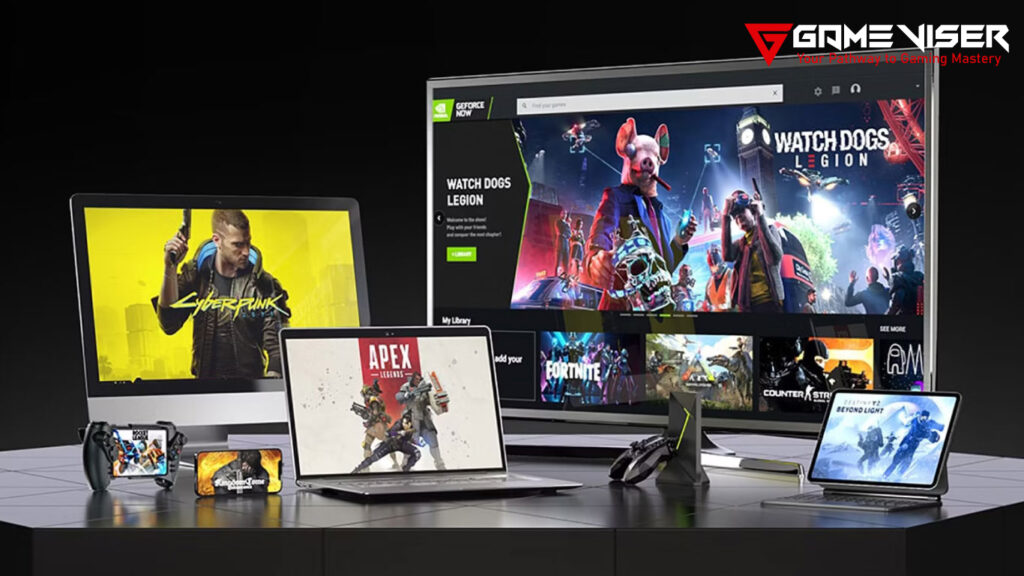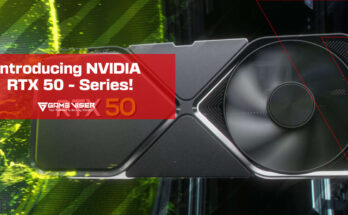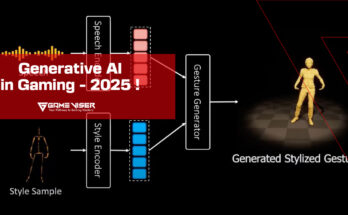Explore sustainability in gaming hardware: eco-friendly consoles, green manufacturing, and recycling in 2025. Learn how to game responsibly with minimal environmental impact.
Table of Contents
Introduction
The gaming industry is thriving, with over 3.3 billion players worldwide and hardware sales skyrocketing. From cutting-edge consoles like the Nintendo Switch 2 to high-performance gaming PCs, the demand for advanced technology is relentless. However, this growth carries a significant environmental cost: resource-intensive production, energy-hungry gameplay, and growing piles of electronic waste (e-waste). In 2025, sustainability in gaming hardware is a trending topic, fueled by consumer demand, stricter regulations, and a collective push to protect the planet.
This comprehensive guide explores how the gaming industry is embracing sustainability through eco-friendly designs, energy-efficient components, and robust recycling programs. We’ll dive into real-world examples, share actionable tips for gamers, and present data-driven insights with tables to highlight progress. Whether you’re a casual player, a dedicated enthusiast, or an industry insider, this post, brought to you by GameViser, will equip you with everything you need to know about the green revolution in gaming hardware.
The Environmental Cost of Gaming Hardware
Gaming hardware—consoles, GPUs, monitors, and peripherals—has a substantial ecological footprint. Manufacturing requires mining rare earth metals like lithium, cobalt, and tantalum, which damages ecosystems and emits greenhouse gases. For example, producing a single PlayStation 5 generates about 0.4 tons of CO2 equivalent, according to 2024 industry estimates. High-end gaming PCs, equipped with components like Nvidia’s RTX 4090, can consume over 1,200 watts during intense sessions, rivaling energy-heavy appliances like air conditioners.
E-waste is a pressing issue. In 2024, the world produced 57 million tons of e-waste, per the Global E-waste Monitor, with discarded consoles, PCs, and accessories contributing significantly. Many end up in landfills, leaching toxins like lead and mercury into the environment. As gamers upgrade to devices like the Nintendo Switch 2 or next-gen GPUs, sustainable practices are critical to reducing this impact.
Why Sustainability in Gaming Matters
Sustainability is more than a trend—it’s a necessity. A 2024 Statista survey found that 68% of gamers, especially Gen Z and Millennials, prefer brands with eco-friendly policies. Regulatory bodies are stepping up too: the EU’s Ecodesign Directive mandates repairable, recyclable electronics by 2026, while California’s e-waste laws push for responsible disposal. These shifts are transforming the industry.
For gamers, sustainable hardware means lower energy bills, durable devices, and guilt-free gaming. For companies, it’s about staying competitive, complying with regulations, and building trust. By prioritizing sustainability, the industry ensures gaming remains vibrant without depleting resources. Learn more about eco-friendly gaming practices at GameViser’s Green Gaming Hub.
Eco-Friendly Innovations in Gaming Consoles
Major console manufacturers are leading the sustainability charge. Here’s how the industry giants are making a difference in 2025:
Nintendo Switch 2: A Green Standard
The Nintendo Switch 2, launching June 5, 2025, is a sustainability leader. Its Nvidia Tegra T239 chip, built on energy-efficient ARM architecture, reduces power consumption by up to 30% in handheld mode compared to older consoles, per Nintendo’s sustainability report. The 1080p OLED display consumes less energy than traditional LCDs, extending the console’s 9-hour battery life. Nintendo’s commitment to 100% recyclable packaging and a modular design with magnetic Joy-Cons simplifies repairs, minimizing waste. The company sources 20% of materials from recycled plastics and metals, targeting 30% by 2027.
Nintendo’s supply chain is greener too, with partnerships to cut emissions by 15% by 2026, aligning with its carbon-neutral goal by 2030. These efforts make the Switch 2 a benchmark for eco-conscious design. Check out our Nintendo Switch 2 specs breakdown for more details.
Sony’s PlayStation 5 Pro: Built for the Future
Sony’s PS5 Pro, released in late 2024, features low-power DDR5 memory and an optimized cooling system, cutting energy use by 10% compared to the original PS5, according to Sony’s environmental roadmap. Sony’s Road to Zero initiative aims to eliminate environmental impact by 2040, with plans to use 50% recycled plastics in consoles by 2027. The PS5 Pro’s modular design supports easier repairs, and its take-back program, available in 25 countries, ensures 85% of components are reused or recycled.
Microsoft’s Xbox: Pioneering Green Tech
Microsoft’s Xbox Series X/S incorporates 30% post-consumer recycled (PCR) plastics and an energy-saving mode that reduces idle power by 70%. Xbox Cloud Gaming, powered by Microsoft Azure, runs on renewable energy in select data centers, cutting the carbon footprint of streaming. Microsoft’s Xbox Recycling Program recovers 80% of materials from returned devices, with a goal of fully recyclable hardware by 2030.
Sustainability Features of Major Consoles in 2025
| Console | Energy Efficiency | Recycled Materials | Repairability | Recycling Program | Carbon Goal |
|---|---|---|---|---|---|
| Nintendo Switch 2 | 30% less power (handheld) | 20% recycled plastics | 8/10 (iFixit) | Yes (95% recovery) | Carbon-neutral by 2030 |
| PlayStation 5 Pro | 10% less power than PS5 | 50% by 2027 | 7/10 (iFixit) | Yes (85% recovery) | Zero impact by 2040 |
| Xbox Series X/S | 70% less idle power | 30% PCR plastics | 6/10 (iFixit) | Yes (80% recovery) | Carbon-negative by 2030 |
Energy-Efficient Components in Gaming PCs
Gaming PCs are notorious for high energy consumption, but 2025 brings greener solutions:
- GPUs and CPUs: Nvidia’s rumored RTX 50-series, built on TSMC’s 3nm process, boosts efficiency by 25% over the RTX 40-series, per Nvidia’s sustainability page. AMD’s Ryzen 8000 CPUs feature “Eco Mode,” capping power at 65W for casual gaming. Tools like Nvidia FrameView help monitor power usage in real time.
- Power Supplies: 80 Plus Titanium PSUs (e.g., Corsair AX1600i) achieve 94% efficiency, reducing wasted energy. Modular designs minimize cable clutter, optimizing power delivery.
- Cooling Systems: NZXT’s Kraken X series uses eco-friendly coolants and recyclable aluminum radiators. Air cooling solutions like Noctua’s NH-D15 offer low-energy alternatives for sustainable builds.
These advancements let PC gamers create rigs that balance performance with efficiency. Explore more at GameViser’s PC Building Guide.
Sustainable Manufacturing and Supply Chains
Manufacturing is the foundation of sustainable hardware. Companies are transforming their processes:
- Recycled Materials: Microsoft leads with 30% PCR plastics in Xbox consoles, while Sony and Nintendo aim for 50% and 30% recycled materials, respectively, by 2027. Apple’s 100% recycled aluminum in MacBooks sets a high bar for peripheral gaming devices.
- Renewable Energy: Nintendo’s Japan factories run on 40% renewable energy, per Nintendo’s CSR report. Sony’s Taiwan plants use 50% solar power, and Microsoft’s supplier audits target a 20% emissions cut by 2028.
- Ethical Sourcing: All major console makers follow the Responsible Minerals Initiative (RMI), ensuring conflict-free cobalt and lithium, reducing environmental and human rights impacts.
These efforts align with consumer values and regulatory demands, making gaming hardware production more responsible.
Reducing E-Waste: Repairability and Recycling
E-waste is a global challenge, but gaming hardware is evolving to address it:
- Modular Designs: The Nintendo Switch 2 earns an 8/10 on iFixit’s repairability scale due to its magnetic Joy-Cons and accessible battery. Sony’s PS5 Pro and Microsoft’s Xbox designs support easy part replacements, extending device lifespans.
- Recycling Programs: Nintendo’s Japan-based program recovers 95% of materials from returned consoles. Sony’s PlayStation Take-Back operates in 25 countries, while Microsoft’s Xbox Recycling Program processes 80% of components. Retailers like GameStop offer trade-in credits.
- Right-to-Repair: EU laws mandate repair guides and spare parts by 2026, per the European Commission. This encourages durable, fixable hardware. Learn how to repair your gear at GameViser’s Repair Tips.
Gamers can contribute by using these programs or donating old devices to charities like Gamers Outreach.
E-Waste Recovery Rates by Manufacturer (2025)
| Manufacturer | Program Name | Recovery Rate | Countries Served | Key Features |
|---|---|---|---|---|
| Nintendo | Nintendo Recycling Japan | 95% | Japan, expanding | Free returns, modular design support |
| Sony | PlayStation Take-Back | 85% | 25 | Global drop-off points, repair guides |
| Microsoft | Xbox Recycling Program | 80% | 20 | Mail-in option, trade-in incentives |
Visualizing the Green Shift: Data Insights
The industry’s sustainability progress is measurable:
- Carbon Footprint Reduction: From 2020 to 2025, console manufacturers cut production emissions by 12% on average, per a 2025 GreenTech report. Nintendo leads with a 15% reduction, driven by efficient chips.
- E-Waste Recycling: The gaming sector recycled 1.2 million tons of e-waste in 2024, up 20% from 2022, thanks to programs like Sony’s Take-Back and Microsoft’s logistics.
- Energy Efficiency Gains: Modern consoles use 25–70% less power in idle modes compared to 2015 models, with cloud gaming reducing local hardware demand by 30%, per GameViser’s Cloud Gaming Guide.
These trends show gaming hardware is on a greener path, with data-driven strategies leading the way.
Cloud Gaming: A Sustainable Alternative
Cloud gaming, led by Xbox Cloud Gaming and Nvidia GeForce Now, reduces reliance on high-end local hardware. In 2025, cloud gaming serves 295 million users, with Xbox projecting 20 million users by year-end, per Microsoft’s gaming report. Playing Genshin Impact on a low-end tablet via GeForce Now uses 80% less power than a high-end PC.
However, data centers consume significant energy. Microsoft’s Azure Cloud runs on 60% renewable energy, aiming for 100% by 2027. Nvidia’s carbon-neutral data centers, targeting 2025, further reduce impact. Cloud gaming cuts e-waste by minimizing hardware upgrades, offering a sustainable path for gamers.
How Gamers Can Drive Sustainability
Gamers can shape a greener industry with these steps:
- Choose Efficient Hardware: Opt for consoles like the Nintendo Switch 2 or PCs with 80 Plus Titanium PSUs. Check Energy Star certifications for monitors.
- Use Power-Saving Modes: Enable eco modes to cut idle power by up to 70%. Xbox’s energy-saving mode is a prime example.
- Recycle Responsibly: Use programs like Sony’s Take-Back or retailers like Best Buy.
- Support Green Brands: Prioritize companies with sustainability goals, like Microsoft’s carbon-negative pledge.
- Go Digital: Digital downloads reduce waste by 40% per game, per 2024 data. Browse GameViser’s Digital Gaming Tips.
- Extend Device Life: Repair using iFixit guides or official kits to fix controllers or batteries.
These actions, scaled across millions of gamers, drive significant change.
Challenges and Future Outlook
Sustainability faces challenges. High-performance hardware requires rare materials, and global supply chains are hard to decarbonize. Consumer habits, like upgrading consoles every 4–5 years, fuel e-waste. Balancing 4K/120fps gaming with low power consumption is technically demanding.
The future, however, is promising. By 2030, expect 50%+ recycled materials in gaming hardware, per industry commitments. Advances in 3nm chip tech, circular manufacturing, and renewable-powered data centers will slash emissions. Gamer demand for eco-friendly products will keep pushing innovation, as explored in GameViser’s Industry Trends.
Conclusion
Sustainability in gaming hardware is a defining trend in 2025, reshaping how we play and produce. From the Nintendo Switch 2’s energy-efficient design to Sony’s recycled plastics and Microsoft’s renewable-powered cloud, the industry is prioritizing the planet without sacrificing performance. Gamers can amplify this shift by choosing green hardware, recycling responsibly, and supporting eco-conscious brands. With data-driven progress and innovative solutions, gaming is proving it can deliver epic experiences while protecting Earth’s resources. Dive into the green gaming revolution with GameViser and make your next session a sustainable one.
FAQs
Can repairing my console reduce waste?
Yes, modular designs and right-to-repair laws make fixes easier, extending lifespans. Check GameViser’s Repair Tips for guidance.
How are Nintendo, Sony, and Microsoft going green?
They use recycled materials, efficient chips, modular designs, and renewable energy, targeting goals like Nintendo’s carbon neutrality by 2030 or Sony’s zero impact by 2040.
Is cloud gaming more sustainable than traditional hardware?
Yes, it cuts local hardware needs, but data centers must use renewable energy, like Microsoft Azure, to be green.
What is e-waste, and how does gaming contribute?
E-waste is discarded electronics. Gaming contributes via old consoles and PCs, but programs like Sony’s Take-Back reduce impact.
How can I make my gaming setup more eco-friendly?
Use energy-saving modes, choose efficient components, recycle gear via Best Buy, and opt for digital games, as detailed in GameViser’s Green Gaming Hub.
Which 2025 consoles are the most sustainable?
The Nintendo Switch 2 leads with its efficient chip and recyclable packaging, followed by the PS5 Pro and Xbox Series X/S for their recycled materials and power-saving features.
Why is sustainability crucial for gaming hardware?
It reduces environmental harm, lowers energy costs, and aligns with consumer demand for eco-friendly products while meeting regulations like the EU’s Ecodesign Directive.


